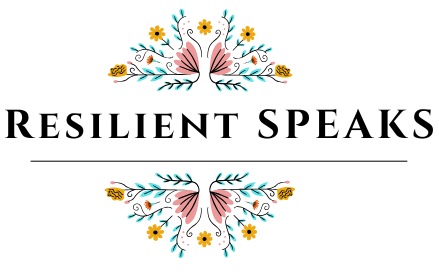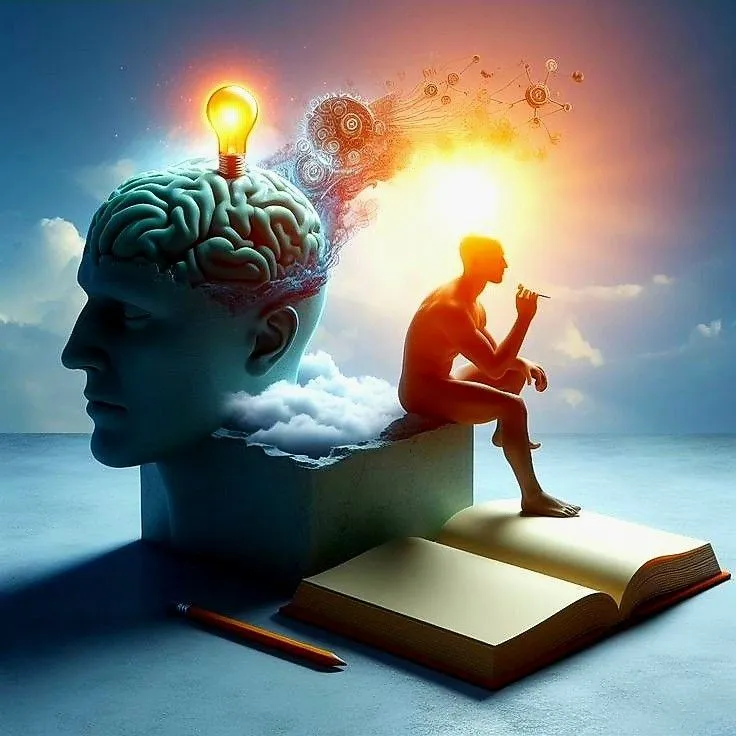Have you ever wondered why some people seem to bounce back from failure stronger than ever, while others struggle to move forward? What if I told you that resilience is the ability to overcome challenges that could make you more creative?
Resilience and creativity are two essential life skills that often go hand in hand. Resilience helps us navigate life’s ups and downs, while creativity allows us to think outside the box and find innovative solutions. But how are these two connected?
In this blog post, we’ll explore the hidden link between resilience and creativity, reveal the science behind it, and share practical tips to help you strengthen both.
Understanding Resilience and Creativity
What is resilience?
Resilience is the ability to adapt, recover, and thrive in the face of adversity. It’s not about avoiding challenges but about facing them head-on and growing stronger as a result.
From famous figures like Nelson Mandela, who bear decades of imprisonment to fight for justice, to everyday heroes who overcome personal struggles, resilience is a trait that transforms setbacks into stepping stones.
What is creativity?
Creativity is the ability to think differently, generate new ideas, and approach problems from unique angles. It’s not just about painting or writing; it’s about finding innovative solutions, whether you’re solving a work challenge, planning a project, or navigating life’s complexities.
It is essential for problem-solving, innovation, and self-expression. It’s what helps us turn obstacles into opportunities and see the world in new ways.
The Science Behind Resilience and Creativity
Did you know that overcoming adversity can rewire your brain for creativity? Neuroscience shows that when we face challenges, our brain releases dopamine, a chemical that enhances learning and motivation.
This process, combined with neuroplasticity, which is the brain’s ability to adapt and form new connections, helps us develop creative problem-solving skills.
The Growth Mindset Connection
A growth mindset is the belief that you can improve through effort and learning. It plays a key role in both resilience and creativity. When you view failure as a learning opportunity rather than a dead end, you’re more likely to persist and innovate.
For example, Thomas Edison famously said, “I have not failed. I’ve just found 10,000 ways that won’t work.” His persistence and growth mindset led to one of the most transformative inventions in history: the light bulb.
Real-Life Examples of Resilience Fueling Creativity
1. Thomas Edison: His relentless experimentation and refusal to give up led to groundbreaking inventions.
2. J.K. Rowling: Before becoming a bestselling author, she faced rejection from multiple publishers. Her resilience and creativity gave us the magical world of Harry Potter.
3. Elon Musk: Despite numerous setbacks, Musk’s persistence in innovation has revolutionized industries like electric vehicles and space exploration.
Practical Ways to Strengthen Resilience and Creativity
1. Embrace Challenges as Learning Opportunities
Instead of fearing failure, see it as a chance to learn and grow. Ask yourself, “What can this teach me?” Reframing setbacks in this way can spark new ideas and fuel innovation.
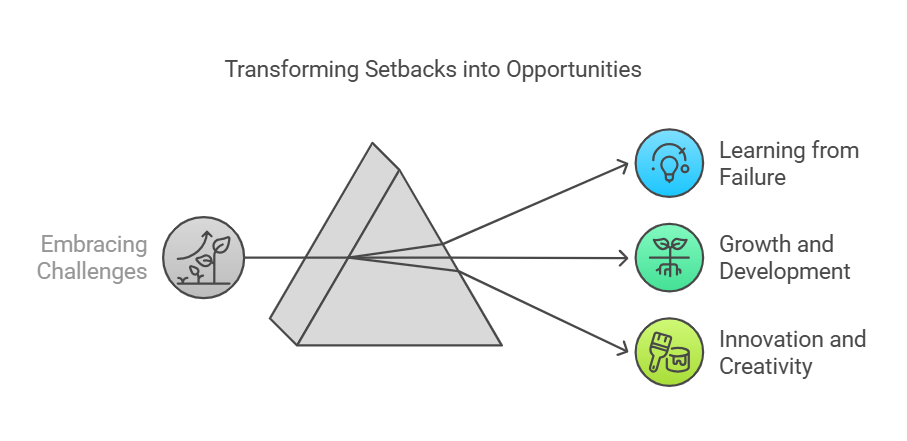
2. Build Emotional Resilience
Practice mindfulness, journaling, or self-reflection to develop inner strength. When you handle stress effectively, you’re better equipped to think creatively and solve problems.
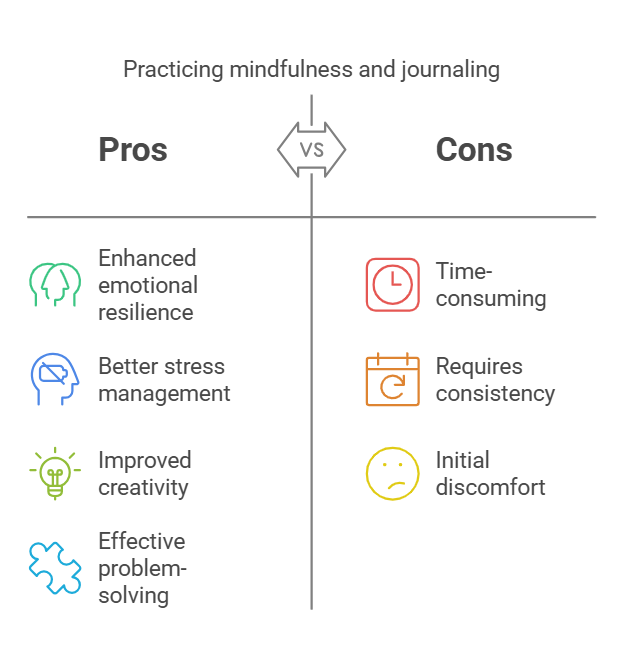
3. Develop a Habit of Curiosity
Stay curious and open to new perspectives. Question assumptions, explore unfamiliar topics, and seek out diverse experiences. Curiosity is the gateway to creativity and resilience.
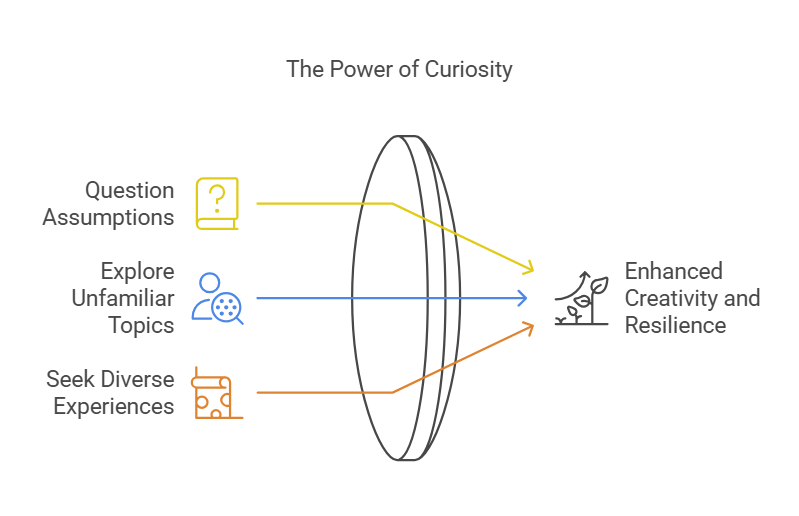
4. Engage in Creative Practices Regularly
Whether it’s writing, painting, playing music, or brainstorming, make creativity a regular part of your life. These activities not only boost your creative skills but also strengthen your emotional resilience.

Conclusion:
Resilience and creativity are deeply interconnected. Overcoming challenges rewires your brain for creative thinking, while a growth mindset helps you turn setbacks into opportunities for innovation. By embracing challenges, building emotional resilience, and nurturing your curiosity, you can unlock your full creative potential.
The next time you face a challenge, remember that it’s not just an obstacle; it’s an opportunity to grow, innovate, and create something amazing.
What’s one challenge that made you more creative? Share your thoughts in the comments!
What are the 7 C’s of resilience?
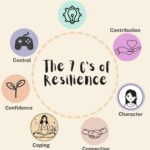
The 7 C’s of resilience are: competence, confidence, connection, character, contribution, coping, and control.
What is the relationship between creativity and resilience?
Research suggests that both creativity and resilience share common traits, such as flexibility and adaptability. These traits enable individuals to navigate challenges effectively.
Is resilience a skill or a mindset?
Resilience can be seen as both! It involves skills like problem-solving and emotional regulation, as well as a mindset that embraces growth and adaptability.
